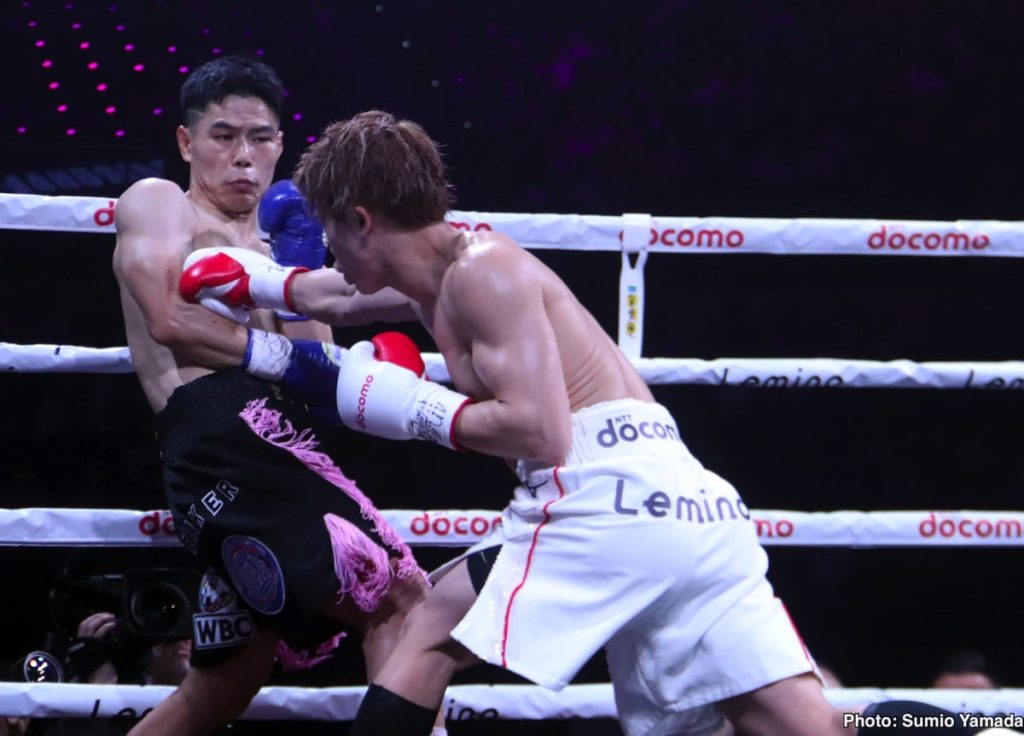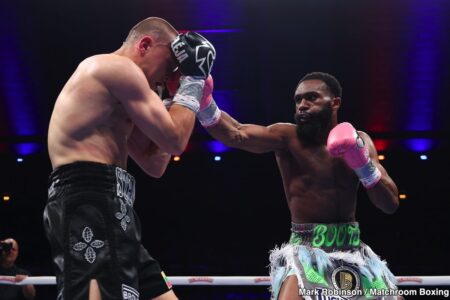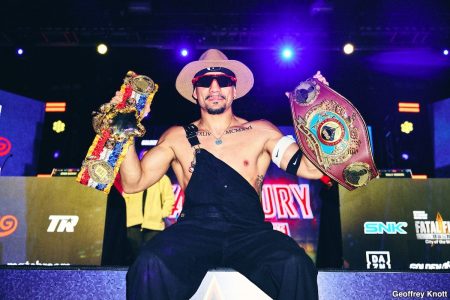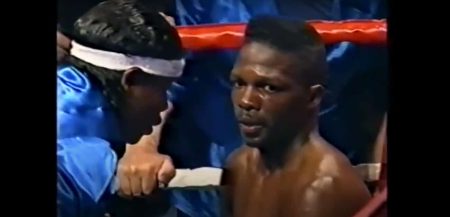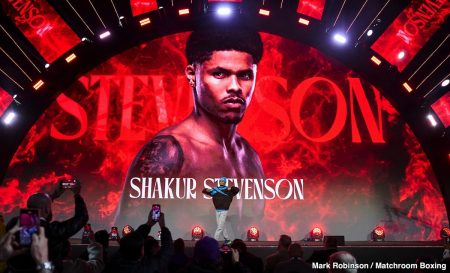Naoya Inoue’s Upcoming Title Defense
Naoya "Monster" Inoue, the reigning four-belt undisputed 122-pound champion, is set to defend his titles against his #2 WBA-ranked contender, Ramon Cardenas, on May 4th at the T-Mobile Arena in Las Vegas. Inoue, now 32 years old, boasts an impressive professional record of 29-0 with 26 knockouts, solidifying his position as one of the most dominant boxers in the sport. This bout is a significant step in his journey to maintain his undisputed status, but it also raises questions about Inoue’s approach to his career.
The Tune-Up: Ramon Cardenas
Cardenas, a 26-1 fighter with 14 knockouts, has been somewhat of a hidden figure in the boxing world. Despite his high #2 ranking by the WBA, he has primarily fought against lesser-known opponents throughout his nine-year career. His recent victories against Bryan Acosta, Jesus Ramirez Rubio, Israel Rodriguez Picazo, and Rafael Pedraza highlight the lack of elite caliber opposition he has faced. The WBA’s ranking system, often criticized for its subjectivity, has elevated Cardenas to a position that seems disproportionate to his actual competition experience. For many boxing fans, this fight against Cardenas is seen as a routine tune-up for Inoue, a chance to stay sharp without taking significant risks.
The Bigger Test: Murodjon Akhmadaliev
If Inoue successfully defends his titles against Cardenas, he will face a more formidable opponent in Murodjon Akhmadaliev. The WBA interim super bantamweight champion, Akhmadaliev has a record of 13-1 with 10 knockouts. This bout is scheduled to take place on September 14th in Tokyo, Japan, a choice that is strategically significant. By choosing to fight Akhmadaliev in his home country, Inoue is following a pattern of setting up his tougher matches in familiar territory. This decision, while pragmatic, has drawn criticism from those who view Inoue as avoiding real challenges.
The Quirks of the Super Bantamweight Division
The super bantamweight division, at 122 pounds, has long been criticized for its lack of depth. This weight class is often seen as one where fighters can quickly rise to prominence by compiling unbeaten records against less formidable opponents. Inoue’s success in this division can be attributed to his dominance, but also to the relative ease with which he has found opponents. His recent defenses against fighters like Ye Joon Kim, TJ Doheny, and Luis Nery have been relatively straightforward, further reinforcing the notion that he is carefully selecting his opponents to maintain his unbeaten streak and champion status.
The Featherweight Gauntlet
Contrastingly, the featherweight division at 126 pounds is teeming with talent and presents a much more significant challenge. Junto Nakatani, who many fans would like to see Inoue face, is a worthy opponent, but Inoue’s strategy of slowly building up to this fight, much like marinating a pot roast, has been a point of contention. If Inoue were to move up to featherweight, he would face a parade of formidable fighters, including Rafael Espinoza, Lamont Roach, Emanuel Navarrete, Keyshawn Davis, and Shakur Stevenson. Each of these boxers represents a real test and a potential threat to Inoue’s undefeated record. Gervonta Davis, at 135 pounds, is another name often mentioned, but the jump to lightweight or junior lightweight would be a more significant risk.
Strategic Choices and Controversial Moves
Inoue’s two-fight plan is a clear example of his strategic thinking. By taking on Cardenas in Las Vegas, he ensures an easier defense before returning to Tokyo to face Akhmadaliev, a more challenging opponent. This approach is classic Inoue, and it is one of the reasons many boxing enthusiasts dislike him. They view his careful selection of opponents as a sign that he is more concerned with maintaining his unblemished record than proving himself against the best. However, it is also a reflection of the business side of boxing, where calculated moves can ensure financial security and continued relevance. Inoue’s strategy, while controversial, is a common practice in the sport, where fighters often balance the need to stay active with the desire to avoid unnecessary risks.

